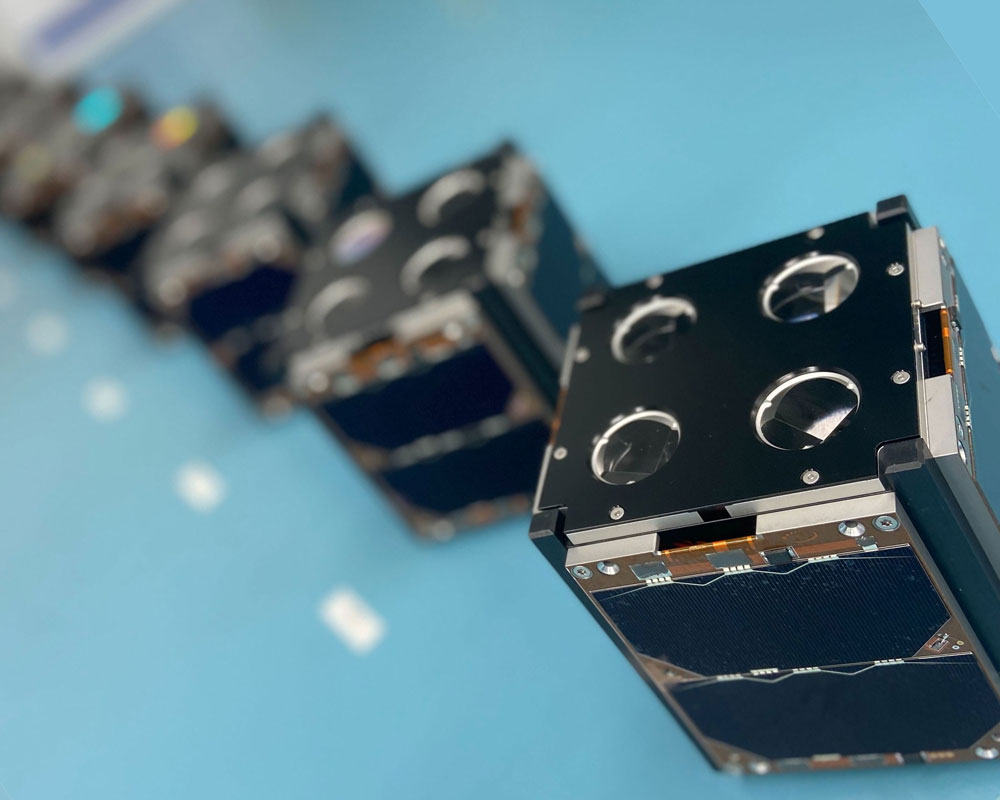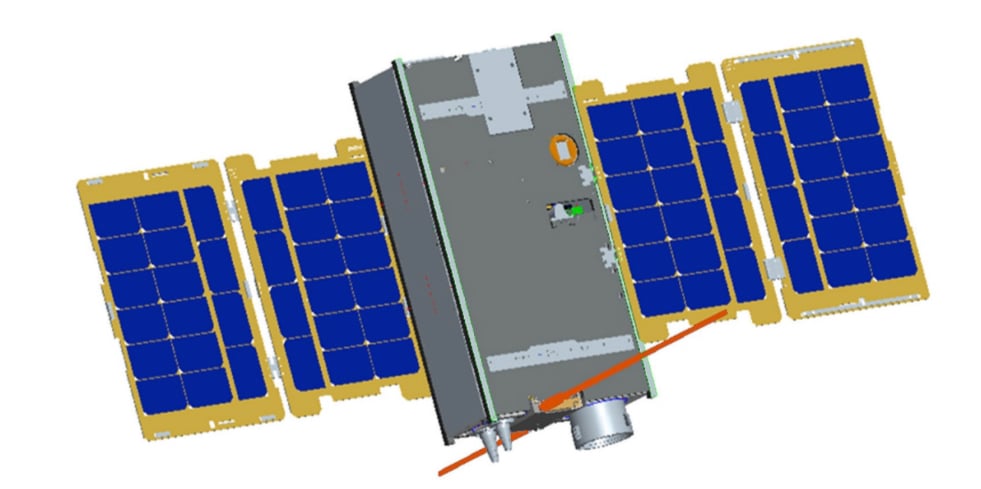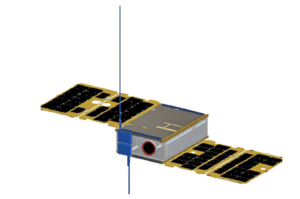The Tevel mission consisting of 8 satellites developed by the Herzliya Science Center in Israel, each carrying an FM transponder, is expected to launch on January 13 at 15:25 GMT on the SpaceX Falcon-9 Transporter-3 mission. This mission also carries AMSAT-EA’s EASAT-2 and HADES satellites.
Tevel-1, Tevel-2 ….Tevel-8
Beacon transmissions on 436.400 MHz, (9600bps BPSK G3RUH)
FM transponders uplink frequency: 145.970 MHz|
FM transponders downlink frequency: 436.400 MHz
All 8 satellites will have the same frequencies, so as long as the footprints are overlapping, only one FM transponder will be activated. The satellites were built by 8 schools in different parts of Israel.
Prelaunch TLEs:
Deployment number 28
TEVEL-4/TEVEL-5
1 12345U 22-T3TE 22013.69008102 0.00000000 00000-0 00000-0 0 9997
2 12345 97.3652 83.6317 0010843 246.0911 147.6817 15.12493461 06
Deployment number 30
TEVEL-1/TEVEL-2/TEVEL-3
1 12345U 22-T3TE 22013.69038194 0.00000000 00000-0 00000-0 0 9991
2 12345 97.3658 83.6317 0009074 254.1211 141.2940 15.11975594 07
Deployment number 55
TEVEL-6/TEVEL-7/TEVEL-8
1 12345U 22-T3TE 22013.69375000 0.00000000 00000-0 00000-0 0 9991
2 12345 97.3676 83.6318 0009046 252.0606 161.7026 15.11914367 05
Control station will be 4X4HSC at the Herzliya Science Center.

[ANS thanks David Greenberg, 4X1DG, for the above information]




